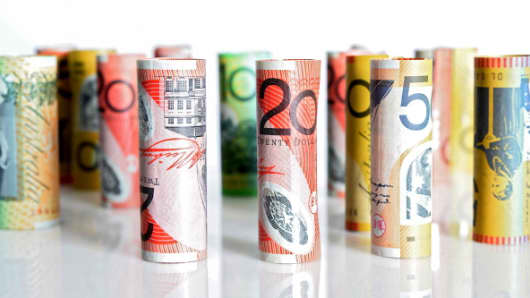The Australian dollar could hit parity by year end, some analysts say, after the battered currency began to regain ground this month, helped by positive economic data out of China, the country's largest trading partner.
"It's a good time to buy the Australian dollar," said Clifford Bennett, chief economist at financial services firm White Crane Group. "China has stabilized, so the resource boom [in Australia] isn't over...it's Australia's boom time."
This has been a turbulent year for the Aussie. After remaining stubbornly strong for the first four months of the year, the currency declined over 16 percent to a three-year low of US$0.8848 in early August, as concerns about a slowdown in China's economy, and the consequent impact on Australia's all-important mining sector, knocked sentiment. Other factors, such as a strong U.S. dollar and dovish rhetoric from Australia's central bank, have also weighed on the Aussie.
(Read more: Australia's election is over, what now for economy?)
However, the beleaguered currency has made a turnaround this month, climbing to a seven week high of US$0.9320 on Tuesday, after above-view Chinese industrial production data raised hopes that the world's second-largest economy is stabilizing.
The Aussie dollar held within sight of that peak on Wednesday.
According to White Crane Group's Bennett, investors had vastly overestimated the extent of China's slowdown and its impact on Australia's currency.





